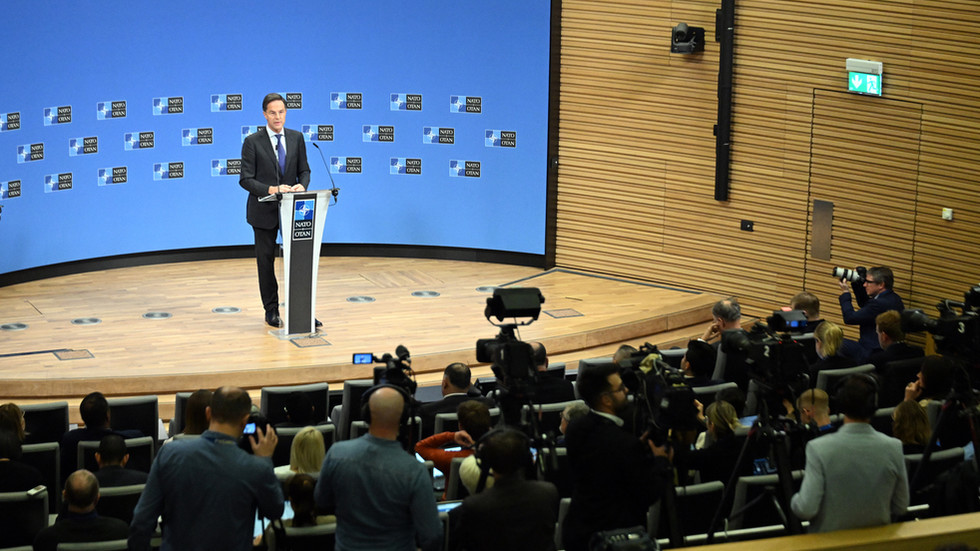As the conflict between Ukraine and Russia persists, recent discussions among Ukraine’s Western allies indicate a shift in strategy from seeking a decisive military victory towards facilitating negotiations for a ceasefire. Reports from Bloomberg reveal that high-level officials within NATO are privately considering various diplomatic avenues to de-escalate the situation, especially as Russian military operations in key regions like Donbass gain traction, achieving advancements reminiscent of the early stages of the conflict. This change of focus comes amidst a backdrop of waning morale among Ukrainian forces and growing concerns regarding the sustainability of the current conflict dynamics, particularly in light of changing leadership in the United States with President-elect Donald Trump’s impending inauguration.
Despite Ukraine’s robust support from NATO allies, Russian President Vladimir Putin remains resistant to any discussions regarding a ceasefire. The upcoming shift in U.S. foreign policy, heralded by Trump’s election, raises uncertainties about continued military commitments to Ukraine, particularly as Trump has indicated a desire to reevaluate American involvement abroad in favor of addressing domestic issues. As NATO foreign ministers convened in Brussels, dialogues centered around enhancing military aid to Ukraine also coincided with a recognition that the ongoing situation is untenable and that proactive measures towards ceasefire negotiations are becoming increasingly necessary.
One concept proposed during these consultations involves the establishment of a demilitarized zone, protected by European troops, which could serve as a buffer to promote peace in the contested regions. Such strategic discussions underscore the acknowledgment that without significant shifts in the current military landscape, Ukrainian forces may be compelled to enter negotiations as early as next year due to overwhelming losses. Analysts like Samuel Charap of the Rand Corporation suggest that Ukraine’s deteriorating military position, exacerbated by a depletion of Western weapon supplies, necessitates a reevaluation of its approach to the conflict.
The situation is further complicated by Ukrainian President Volodymyr Zelensky’s stance on NATO membership, which he has conditioned on recognition of Ukraine’s territorial integrity prior to 2014. In recent statements, however, he indicated a willingness to accept a ceasefire with Russia even if it means conceding control over certain territories, provided there is a guarantee of NATO membership for Ukraine. This shift highlights the intricate balancing act facing Ukrainian leadership as they navigate the dual pressures of maintaining national sovereignty and securing vital alliances against a resurgent Russian threat.
Russia, for its part, has laid out specific demands as part of any potential resolution, including Ukraine’s commitment to a neutral, non-aligned status, the absence of nuclear weapons, demilitarization, and a process of denazification. These ultimatums frame Russia’s legal and political narrative regarding the conflict and significantly complicate the prospect of peace negotiations. This landscape reveals the starkly contrasting positions between Ukraine’s aspirations for NATO integration and Russia’s desires for Ukraine’s geopolitical alignment to exclude Western influences.
Ultimately, the evolving conversation among Western allies suggests a pragmatic recognition of the limitations facing both Ukraine and its supporters. As military engagements continue to escalate with no clear end in sight, the global community may be ushering in a new phase of the conflict where diplomatic resolutions take precedence. The emergence of a potential ceasefire, protective security arrangements, and an acknowledgment of territorial disputes could represent pathways toward a more stable future in the region, albeit fraught with challenges stemming from deep-seated historical grievances and geopolitical tensions.

